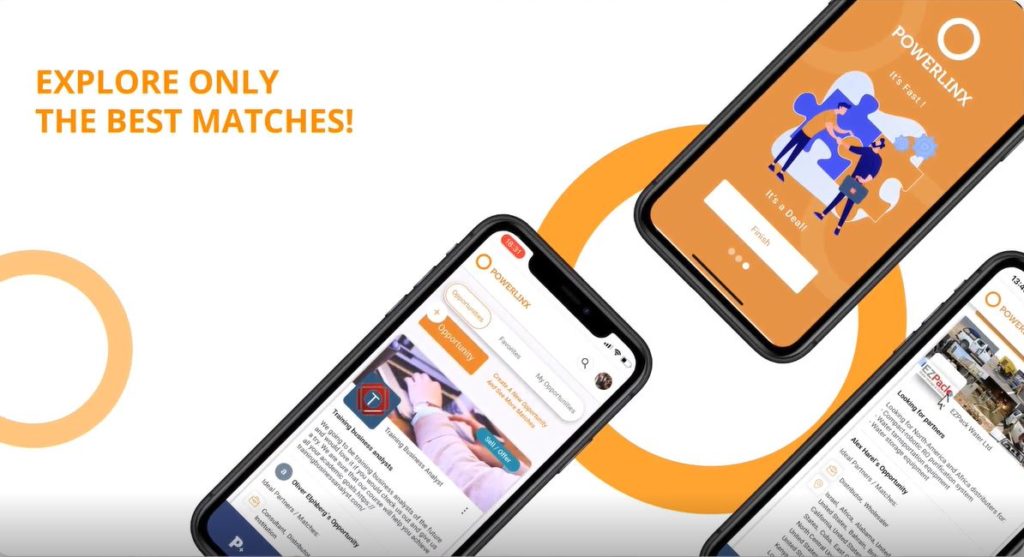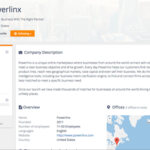Match Me if You Can: The Powerlinx Platform

Nearly half of business leaders believe their company is not very good at building successful partnerships. It seems existing methods for sourcing new partnerships are not as effective as business leaders would like them to be.
At Powerlinx, we believe there’s a better way to find new partners – and we’re using a combination of “smart” technology and the power of the Internet to build it.
I’ll start by admitting the techniques we can use for finding suitable business partners have indeed been dramatically enhanced through technology. On a basic level, the vast amount of information we cull from the Internet has significantly expanded the breadth and depth of compiled business databases, allowing for far more complex and diversified searches. On top of this, newer technologies now allow us to both compile lists of tens of thousands of companies and efficiently filter them for the few that interest us most. Finally, social networks like LinkedIn provide us with an easy way to instantly connect with people who run businesses around the world.
Although we’ve become accustomed to using the above techniques, they do have significant limitations.
Searching business databases for exact phrases leads to limited results. For example, searching for a term like “outdoor furniture manufacturers with more than 20 employees” might produce only a handful of companies, if any. Today’s search engines are missing the give and take that allows for high quality, but not limited, results.
Business database search results produce an unranked list of companies, forcing users to manually research each result and rank them themselves, which is an extremely time-consuming process.
When we started formulating ideas for the Powerlinx platform, we aimed to develop a business matching app that would help businesses easily find the suppliers, manufacturers and other potential partners they were looking for – without the limitations stated above. To start, we decided to focus on SMBs and spent significant time researching the way they grow and what such business owners would like to experience.
We saw that, broadly, SMBs used two paths to source new opportunities: fee-based professional business consultants and lower-cost self-directed efforts, including personal networking. We noticed that both of these paths operate through starkly different methods. On the one hand, consultants start the matching process by examining the fundamentals of a business and its needs: what a business is trying to achieve, its current state of affairs and its market conditions. Consultants only make recommendations after receiving, clarifying and digesting a lot of information. In stark contrast, self-directed efforts such as purchased lists or social networking connections jump to the target market without much probing about goals and the environment.
Our goal with the Powerlinx matching engine is to create the easiest and most affordable way to source not just new business prospects, but those prospects that will produce the highest value. As we looked to make every business experience unique, we let the users not only post their business opportunities for anyone to see, but also to explore the Opportunities Feed, where thousands of opportunities are there to act on.




